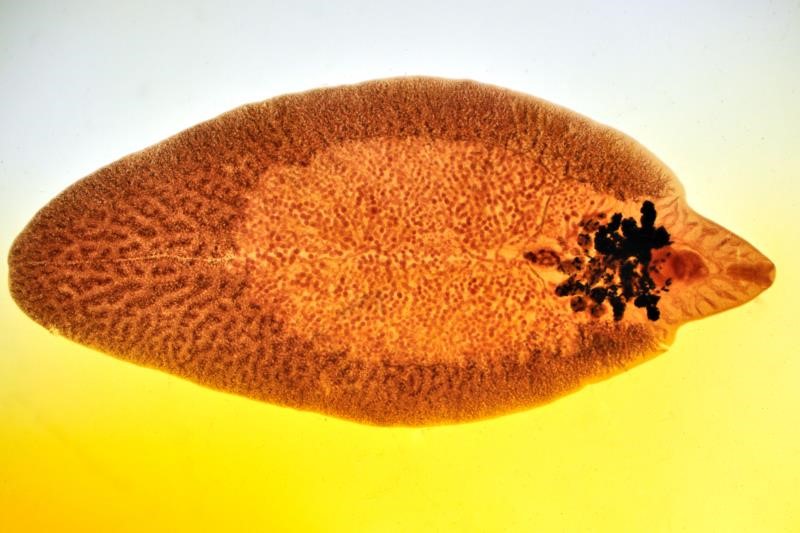Current diagnostic tests for liver fluke involve collecting samples from the animal either by the farmer or a vet and sending to the lab for testing. Typically, farmers may have to wait for a week or more for results and, together with the practicalities of gathering in livestock a second time, many tend to treat without a diagnosis. This practice can contribute to the development of resistance to flukicide drugs.
There are a limited number of drugs available to treat liver fluke, however, one drug, triclabendazole, is extensively used due to its unique activity against all fluke stages in the animal. Resistance to triclabendazole is widely reported in the UK.
The University of Liverpool, together with collaborators, Mologic Ltd, have developed a pen-side diagnostic test, which will be able to diagnose exposure to fluke on farm. The test utilises lateral flow technology first used in the over counter pregnancy tests. The liver fluke test has been designed to work with a drop of blood from the ear of a sheep or a cow and can detect antibodies against infection. Results can be obtained in less than 10 minutes
This test will allow rapid testing of dairy cattle at drying off when there is a very limited time window for treatment, provide early detection of infection in sheep to prevent acute disease and allow beef farmers to monitor infection at housing. Most importantly, it will allow the implementation of targeted treatment programmes, all of which will aid in slowing the development of resistance.
A short market research survey has been launched in order to gain the industry’s opinions on what a pen-side diagnostic test for liver fluke should look like and welcome views from all sides of the farming industry. The survey should take approximately 10-15 minutes to complete and is available from the 7 December 2020 to 10 January 2021. Complete the survey here.
More from NFUonline:

